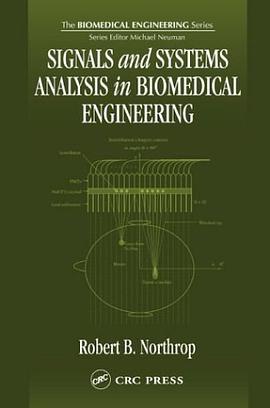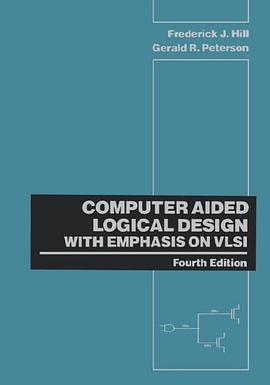

The interdisciplinary field of biomedical engineering requires its practitioners to master not only engineering skills, but also a diversity of material in the biological sciences. This text helps biomedical engineers strengthen their skills in the common network of applied mathematics that ties together these diverse disciplines. Based on the author's 30 years of experience in teaching as well as his personal research on neurosensory systems, Signals and Systems Analysis in Biomedical Engineering provides a ready source of information on those specialized mathematical techniques most useful in describing and analyzing biomedical signals, including ECG, EEG, blood pressure, biochemical spectrograms, and tomographic images. Enriched with many examples that promote sound practical analysis, this book: Presents the traditional systems mathematics used to characterize linear time-invariant (LTI) systems and, given inputs, find their outputs Explains the relations between impulse response, real convolution, transfer functions and frequency response functions Reviews specialized mathematical techniques used to characterize and model nonlinear systems Introduces the basic mathematical tools used to describe noise and how it propagates through LTI and NLTI systems Describes how signal-to-noise ratio can be improved by signal averaging and linear and nonlinear filtering
具体描述
读后感
评分
评分
评分
评分
用户评价
相关图书
本站所有内容均为互联网搜索引擎提供的公开搜索信息,本站不存储任何数据与内容,任何内容与数据均与本站无关,如有需要请联系相关搜索引擎包括但不限于百度,google,bing,sogou 等
© 2025 book.wenda123.org All Rights Reserved. 图书目录大全 版权所有




















